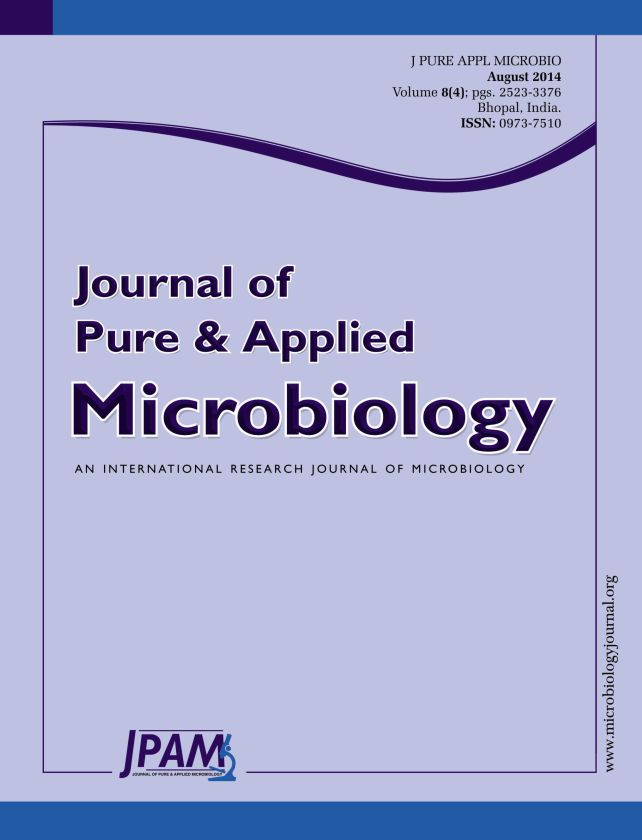In the present study, a different solvent extract of wood, bark and leaves from Maclura pomifera were tested for their antibacterial activities against the growth of four human pathogenic bacteria namely; Micrococcus luteus, Staphylococcus aureus, Acinetobacter baumannii and Pseudomonas aeruginosa. The test was evaluated by means of disc-diffusion method at extract concentration of 2000 µg/mL. The bacterial strains M. luteus was inhibited best by wood and bark ethanol extract (percent of inhibition (PI) value of 86.96%), S. aureus inhibited significantly by bark chloroform extract (PI value of 61.90%), A. baumannii strongly inhibited by bark ethanol extract (PI value of 100%) followed by bark chloroform extract (PI value of 65%), and P. aeruginosa was moderately inhibited by the leaves chloroform extract (PI value of 53.85%). The present investigation showed the potential activity of extracts from M. pomifera for controlling the infectious diseases caused by human bacterial pathogens.
Maclura pomifera, Pathogenic bacteria, Extracts, Wood, Bark, Leaves
© The Author(s) 2014. Open Access. This article is distributed under the terms of the Creative Commons Attribution 4.0 International License which permits unrestricted use, sharing, distribution, and reproduction in any medium, provided you give appropriate credit to the original author(s) and the source, provide a link to the Creative Commons license, and indicate if changes were made.


